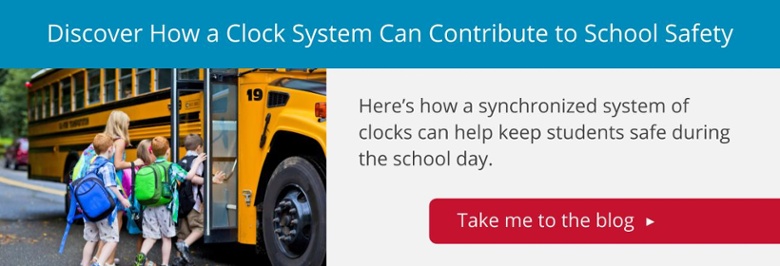(Part 4 of a 4 part blog series)
 Part 1: Enterprise Risk Management for Schools
Part 1: Enterprise Risk Management for Schools
Part 2: Serving Those with Access and Functional Needs in an Emergency
Part 3: Emergency Communications: The Deciding Factor in Almost Any Crisis
As we assess schools around the county, one of the most interesting commonalities that I have noted is the challenge in protecting special programs. This includes those facilities that serve students with access and functional needs (AFN), but also for any program that does not follow the traditional K-12 feeder structure. For example, many vocational tech high schools have a higher rate of risk due to the programs and materials used, such as welding, auto shop or medical programs. These campuses are also often the last to receive security upgrades.
As part of ongoing capital improvements, a district may decide to upgrade the schools to include a Single Point of Entry (SPE) or an updated intercom system. This upgrade might be phased in first with the high schools, then the middle and elementary schools. This makes sense from a fiscal sense and from an organizational standpoint. But for a variety of reasons special programs are usually not included in these first rounds and may not even make a second or third round of improvements. Eventually the next round of capital improvements comes along and the process starts again, until the facility is lucky enough to require demolition and replacement.
For example, in one district I have assessed, all of the high schools had received updated intercom systems that are accessible by all staff over VOIP (See the importance of this feature in the blog “Emergency Communications”). In that same district there were several vocational tech high schools that housed special programs including dangerous activities such as welding, auto shop and construction classes. All of these vocational schools still featured dated intercom systems that could only be operated from one point – from a podium in the front lobby across from the main desk.
At the strategic level, this kind of oversight could be addressed using the Enterprise Risk Management (ERM) framework. This approach considers risk and solutions across the organization. In this case, the risk of emergency communications gaps would rise to the leadership level where it would intersect with purchasing decisions and Information Technology department planning. (Learn more about ERM in the blog “Enterprise Risk Management for K-12 Schools”).
Even if your school organization does not use the ERM model, you can still facilitate this type of approach by working to address safety with the involvement of key stakeholders. For example, building relationships between various departments can be helpful to facilitate lateral communication that may not happen naturally. Some organizations may best accomplish this through the creation of a safety task force or committee. Others may require a series of one on one meetings between various stakeholders.
No matter what approach you use, remember to consider all of the different users of your facilities. Some special programs may be housed in their own building or have an entire campus. In other cases, a special program might be as small as a single classroom within a larger building – for example a daycare program inside a high school. We suggest that our clients develop plans for individuals with special access or functional needs. (See the blog “Serving those with Access and Functional Needs in an Emergency” for more on this process). It may also be useful to plan for special programs in the same way. Whether for an individual or a program, this process can standardize the way planning is conducted while also drawing out additional information that a staff member might not think of during their normal emergency preparation.
Developing a Special Programs Emergency Planning form can help to catalog information that may be useful during an emergency. Examples include special sensitivities or medical needs that students in the program have, or special equipment or materials that may be in use for these programs, such as special chair lifts, seclusion rooms or communications methods. This type of information might also be incorporated into site plans. A site plan can take different forms but is essentially a collection of documents including maps, diagrams, contact information and other critical information that could be useful in a crisis or emergency planning.
This process should be informed by and operate in tandem with any individual emergency planning that takes place. For example, if an Individual Preparedness Plan (IPP) is used, the site plan or special program emergency plan should be reviewed to check for inconsistencies or information that could be useful to share between plans. This should be done with respect to FERPA and HIPPA and is intended as a way to identify and share solutions rather than to identify or single out individuals.
While the focus of this process is identifying gaps and underserved areas, the process should also yield a broader benefit to the organization. Better connectivity among different departments and a focus on a broad set of risks can also help the organization better prepare for any challenge it faces, not just emergencies.
This blog is part of a series by guest author Chris Dorn. Chris is a co-founder of Safe Havens International (SHI), the world’s largest non-profit school safety center. Founded in 2001, SHI works to create sustainable solutions for schools working on limited budgets and with limited available staff resources for safety. Chris has trained or provided assistance to the Federal Emergency Management Agency (FEMA), the Department of Homeland Security, the International Associate of Chiefs of Police, the Israeli National Police, and dozens of state departments of education and law enforcement agencies. SHI has provided post-incident assistance for over 300 school crisis events, including 12 active assailant/targeted acts of violence in schools. More information on Safe Havens, including their free resources and groundbreaking research, is available at www.SafeHavensInternational.org.

